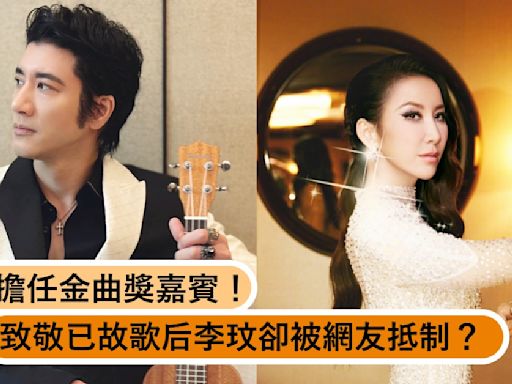搜尋結果
被安宰賢狠甩離婚4年!具惠善自爆慘況「沒朋友、失去愛犬」│TVBS新聞網
韓國女星具惠善過去憑藉韓劇《流星花園》打開知名度,2020年與演員安宰賢離婚後,逐漸淡出演藝圈回到學校上課,也在今年完成學業順利畢業。近日她出演節目《吳恩永的黃金商談所》,曝光自己在離婚後的4年間失去了愛寵,身邊也空無一人,讓網友十分心疼。
TVBS 新聞
6 天前
王力宏擔任金曲獎表演嘉賓!致敬已故歌后李玟,卻被網友抵制要拒看金曲獎?
第35屆金曲獎將於29日盛大舉行,主辦單位宣布邀請王力宏來擔任表演嘉賓以緬懷李玟,然而消息一出就引發網友熱議,更點名其他藝人比王力宏還要適合,要拒看金曲獎。
造咖 via Yahoo奇摩新聞
3 小時前
Koo Hye-sun ( Korean : 구혜선; born November 9, 1984 [1]) is a South Korean actress, singer-songwriter, director and artist. She gained widespread recognition in the television dramas Hearts of Nineteen (2006), The King And I (2007), Boys Over Flowers (2009), Take Care of Us, Captain (2012), Angel Eyes (2014), Blood (2015).
Shin Hye-sun ( Korean : 신혜선; born August 31, 1989) is a South Korean actress. She made her debut in the television series School 2013. In 2017, Shin played her first leading role and became well known in the weekend drama, My Golden Life, which garnered more than 8 million viewers. [1] .
Kaizen ( Japanese: 改善, "improvement") is a concept referring to business activities that continuously improve all functions and involve all employees from the CEO to the assembly line workers. Kaizen also applies to processes, such as purchasing and logistics, that cross organizational boundaries into the supply chain. [1] .
Welcome to Wikipedia. , the free encyclopedia that anyone can edit. 6,834,882 articles in English. From today's featured article. A Cromwell tank wrecked at Villers-Bocage. The Battle of Villers-Bocage took place in Normandy, France, on 13 June 1944 during World War II.
The Mummy is a 1999 American action-adventure film written and directed by Stephen Sommers, starring Brendan Fraser, Rachel Weisz, John Hannah and Arnold Vosloo in the title role as the reanimated mummy. It is a remake of the 1932 film of the same name.
Economic career. After Oxford, Shafik joined the World Bank and held a variety of roles, starting in the research department where she worked on global economic modelling and forecasting and then later on environmental issues.
CJK Unified Ideographs is a Unicode block containing the most common CJK ideographs used in modern Chinese, Japanese, Korean and Vietnamese characters. When contrasted with other blocks containing CJK Unified Ideographs, it is also referred to as the Unified Repertoire and Ordering (URO).[3] The block has hundreds of variation sequences ...

